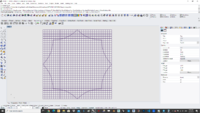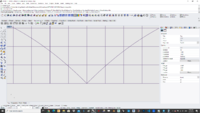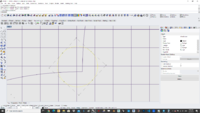Hello
I am trying to divide an octagon built by the Super-Shape formula equally. What I mean by equally is all the pixels should have the same length and the 8 corners of the octagon must meet with pixels corner


this is what i want in all corners

this always happens with different ratios whatever division length i use
And here is the formula I used to create the curve

and the values are :
a=b = 55
n1=n2=n3=1
m=8
angle> range from 0 to 2 pi.
When I change b=52 it sounds closer to be correct but not exactly
any help will be really appreciated,
Thanks!
I am trying to divide an octagon built by the Super-Shape formula equally. What I mean by equally is all the pixels should have the same length and the 8 corners of the octagon must meet with pixels corner


this is what i want in all corners

this always happens with different ratios whatever division length i use
And here is the formula I used to create the curve

and the values are :
a=b = 55
n1=n2=n3=1
m=8
angle> range from 0 to 2 pi.
When I change b=52 it sounds closer to be correct but not exactly
any help will be really appreciated,
Thanks!
Last edited:
